Nobody hates GOG. The Epic Games Store has attracted the ire of gamers since it launched in 2018 for daring to challenge Steam, but CD Projekt Red‘s PC platform has largely avoided getting tarred with the same brush. That may be because when Epic has an exclusive game, it’s because it paid the creators to keep it off Steam. When GOG has an exclusive game, though, it’s because the platform’s preservation team put in the work to rescue it from limbo.
Requesting Resurrection Through The Dreamlist
Take the recent release of Dino Crisis and Dino Crisis 2, both of which came to the storefront in January. GOG gave both the official Good Old Game certification, a guarantee that GOG will continue to support the games for as long as the platform exists. And because GOG’s releases are always DRM-free, even if GOG did stop existing, you’d still be able to play your copy of Dino Crisis.
Provided you downloaded it, of course.
At the same time it re-released Dino Crisis, GOG launched Dreamlist. Essentially a revamped version of its old Community Wishlist, the Dreamlist is a sleek, easy-to-use feature that allows players to suggest and vote for any game they would like to see come to the platform.
If you want to see a game added to GOG, you fill out a form to suggest it. If someone else already has — and there are currently 4,275 pages of requests so, you know, they probably have — you simply click on an up arrow, and your vote is added to the total. “GOG Dreamlist is a community-based tool anyone can use to vote for the games they want to see revived or added to our platform,” GOG explains. “These votes help GOG demonstrate community interest to IP owners and bring these games to life on our platform.”
The Dreamlist Shows Demand
The idea is that GOG can use the Dreamlist as evidence when pitching ports of older games to reluctant IP holders. Black & White, the most requested game on the platform with 82,000-plus votes and counting, tends to be seen today as a niche turn-of-the-millenium PC game. The fact that there hasn’t been a sequel since 2005 (which, fun fact, is the third most requested game on the Dreamlist) is likely responsible for that lapse in cultural memory. How can younger players even know they want to play something if no version of it has been available in their lifetimes?
GOG’s Dreamlist can show that, despite those players having little awareness, there is still a large potential player base among those who were there the first time around (or wish they had been). That game’s rights situation is likely a bit of a quagmire — Microsoft owns the IP, EA owns the publishing rights — which is where GOG comes in, with the Dreamlist as concrete proof that, yes, it is worth it to all parties to make sure the game is available for purchase.
But the Dreamlist also highlights a frustrating problem with the games industry. The people with the power to make rereleases happen often don’t believe that players actually care about these old games. They might say they do, but will they actually shell out? Sony Interactive Entertainment’s former CEO Jim Ryan notoriously said that he doubted it.
“When we’ve dabbled with backwards compatibility, I can say it is one of those features that is much requested, but not actually used much,” he said back in 2017. “…I was at a Gran Turismo event recently where they had PS1, PS2, PS3 and PS4 games, and the PS1 and the PS2 games, they looked ancient, like why would anybody play this?”

Related
PlayStation Plus’ Day One Releases Still Can’t Keep Up With Game Pass
But man, if it isn’t bringing us some good games.
Old Games Are Worth Preserving
That quote lives in infamy because, as players who grew up with those generations of games, we understand intuitively that they matter. Everyone who cares about games got invested in the medium via games that will some day look “ancient” — assuming they don’t already. The guy stewarding those consoles’ legacies should understand that, too.
Sony (and all other publishers) should dedicate resources to continue to make their older first-party games available, primarily because they matter historically and are worth preserving. Even from a crass commercial perspective, though, a game can’t make you any money if it’s only available through the secondhand market or piracy.
But the question that keeps these games in limbo for so long is not, ‘Can they make money?’ It’s ‘Can they make enough money?’ We know that publishers often have a skewed perspective on this. Hi-Fi Rush, a critical and commercial success for Xbox, resulted in the studio getting shut down (before it was revived by Krafton). As I was writing this paragraph, I tabbed over to Twitter and saw that Thaddeus Sasser, the game director of Marvel Rivals, posted on LinkedIn that the team behind the game was laid off. That game is a gigantic hit. Why is that team getting canned?
Shareholders don’t just want profit, they want ever-increasing profit. They don’t just want growth, they want endless growth. That’s an impossible goal, and it isn’t a target old games should have to hit in order to be worthy of preservation. I’m glad GOG is making the effort to keep these games playable, but I want to live in a world where the Dreamlist isn’t necessary.
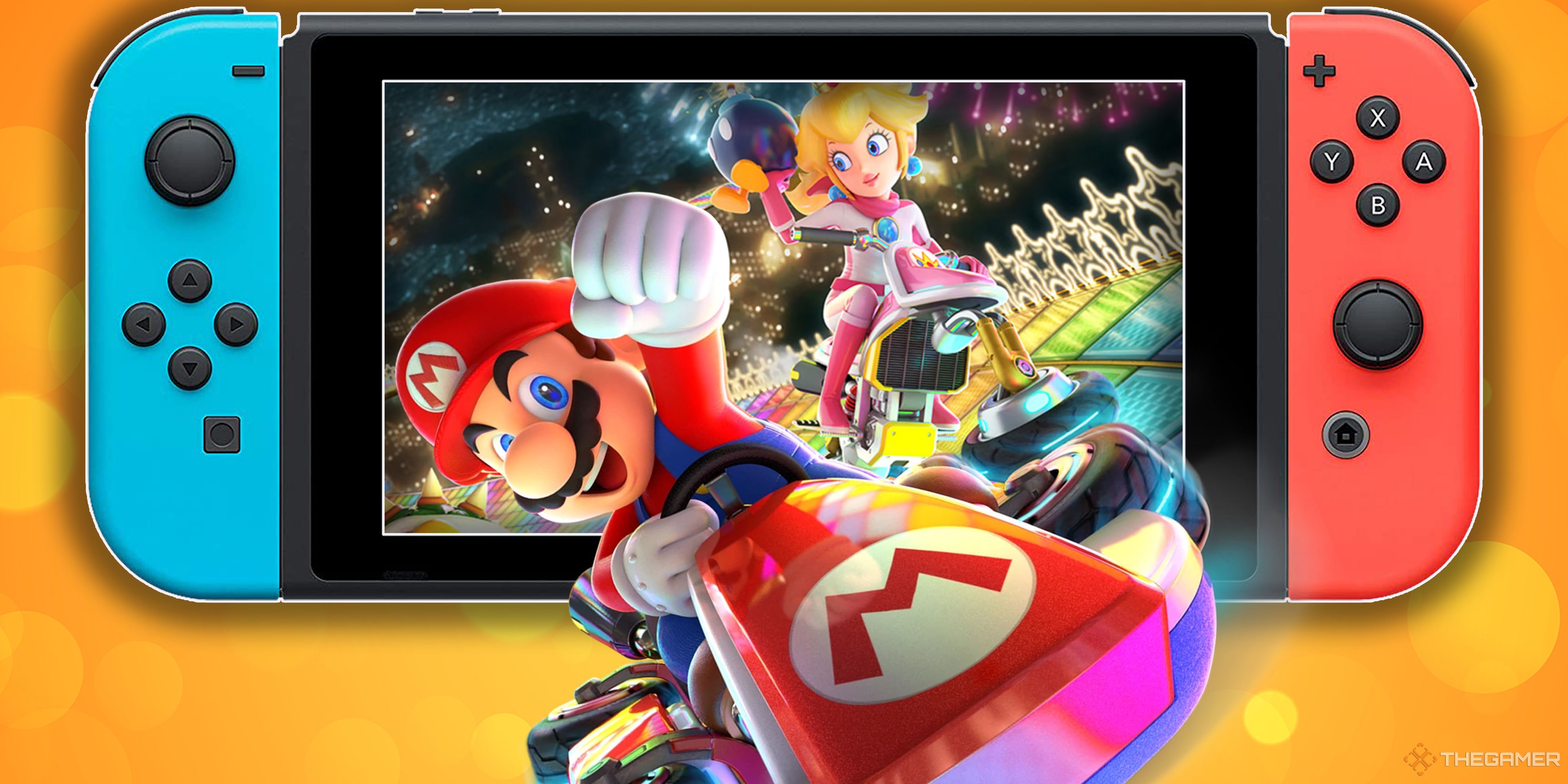
Next
Mario Kart 8 Deluxe Sales Make The Case For Porting Anything And Everything
The Switch’s biggest hit is a Wii U game.


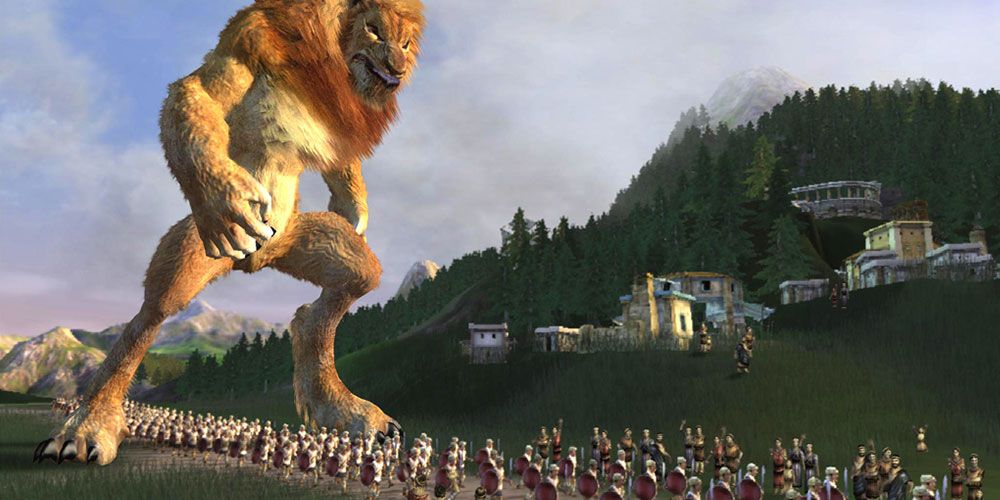



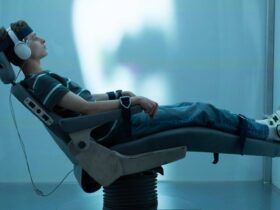



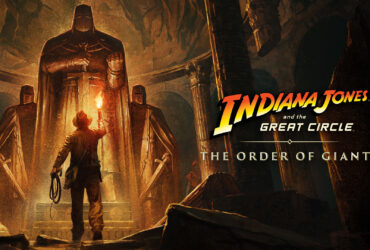

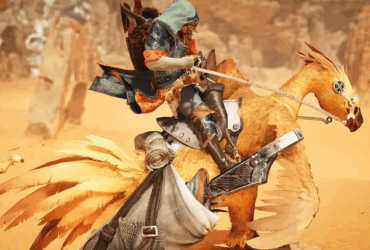
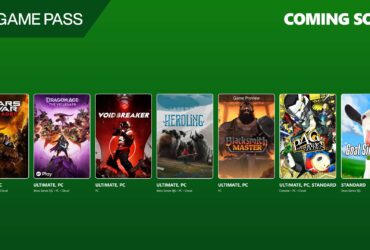
Leave a Reply